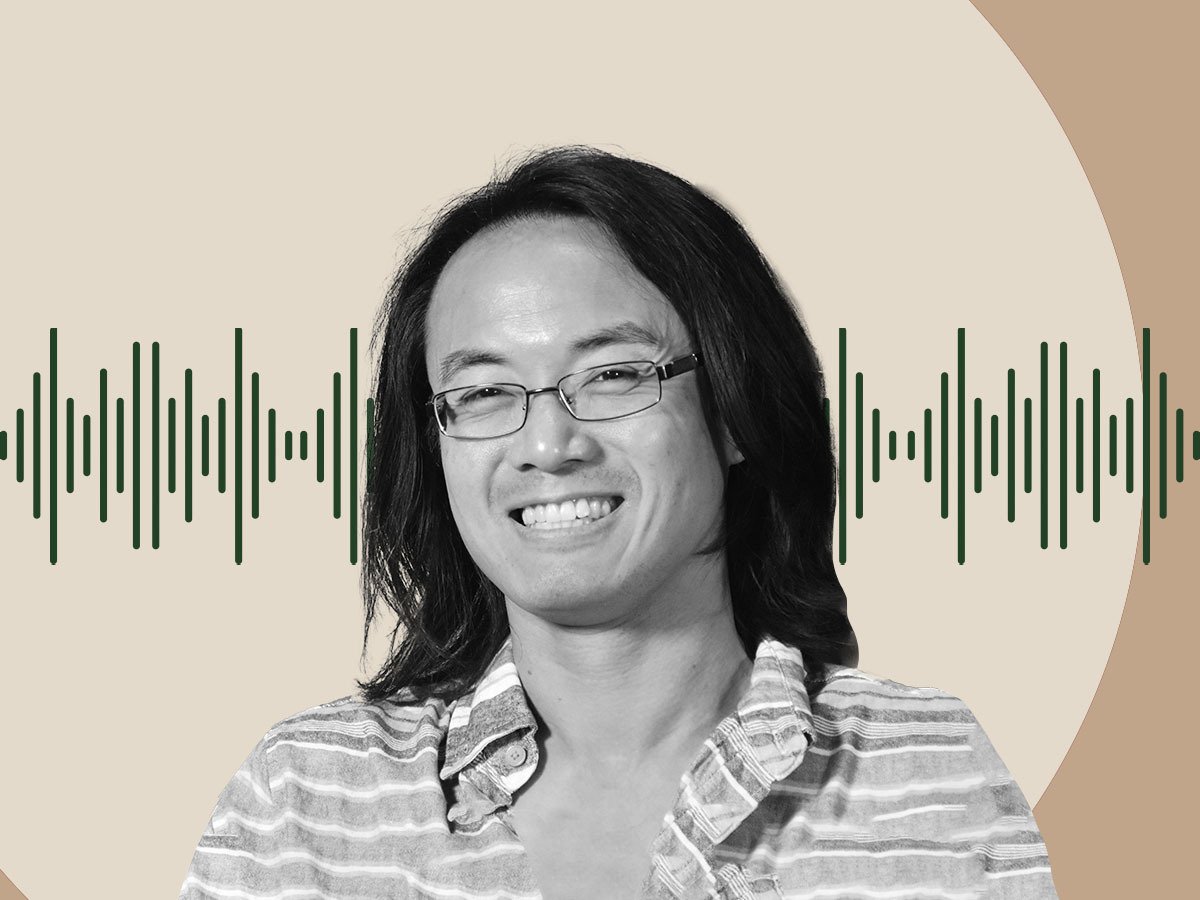June 13, 2015; Nelson Mail News (Nelson, New Zealand)
Atamai is a Maori word that translates “knowing, quick-witted, ready, intelligent.” Those concepts could also be the ideal to which the founders and inhabitants of the eco-village of that name aspire. They are certainly qualities that have been tested during the village’s nine year history and, it is reported, are being tested again.
An article in Wild Tomato, a community journal, is headlined, “The New Hippies.” It chronicles the founding of Atamai village as less by hippies than “astute businesspeople and academics who want to show the world that there is a sustainable way to live.” It names the key personalities behind the project as Jurgen Heissner, a German who had lived in New Zealand for more than 25 years, and the Canadian Jack Santa Barbara and his Australian-born wife Joanna. The Santa Barbaras are said to have owned 70 percent of the land that was to become Atamai Village.
A video describes some of the villagers and the lives they have created for themselves:
Atamai Village — Permaculture Community from PassitOn Films on Vimeo.
The village website provides further detail saying, “[The village] is a special place where the sense of community, and our relationship with natural systems, is at least as important as the quality of the individual homes. It is not just another subdivision with a fancy name.”
Yet it has not happened without some upsets along the way.
The original founder, Peter Myers, bought 21.2 hectares in Mytton Valley, near the northern tip of New Zealand’s picturesque South Island in 2006. Myers enlisted Heissner and the Santa Barbaras to assist create the village.
Sign up for our free newsletters
Subscribe to NPQ's newsletters to have our top stories delivered directly to your inbox.
By signing up, you agree to our privacy policy and terms of use, and to receive messages from NPQ and our partners.
Myers apparently disassociated himself from the project two years later, citing differing opinions on how the participants wanted to achieve their goals. The Nelson Mail report from this time details a number of other problems associated with the project, including its deregistration as a charity and a disagreement with a building society (a type of bank) over the village using the Society’s name to promote mortgage arrangements to enable people to buy into the village.
Jack Santa Barbara refuted most of the newspaper’s story in a post to community news website Motueka Online. In this response, he said of the remaining co-founder, Heissner, “The current success of the project is a testimony to the incredible skills and hard work that Jurgen Heissner has brought to it.”
Santa Barbara also stated that an important feature of Atamai is that what would normally be “developer’s profit” will be left with a trust. The intent is for these funds to be used to improve the commons as a demonstration site for charitable educational purposes. This makes Atamai very different from typical development projects.
The 2009 deregistration of Atamai’s charitable status was due to a late filing of its financial return. The trust doing the village development continues to operate. Santa Barbara said, in his 2009 post, that once more infrastructure was in place to provide a demonstration site, Atamai would reapply for charitable status.
Atamai was back in the news earlier this year when a woman complained she lost her deposit of more than $100,000. The money had been paid to the trust responsible for the development. The complainant said her personal situation had changed and she knew she was unable to afford the land purchased. She also said, “I liked the principle of living in a supportive environment with other people. They did have good ideas but it just seemed they were unable to carry them out.”
Santa Barbara has responded that there had been other people to leave the project who were initially drawn to it. He said they tested out whether it was a “good fit. […] Sometimes it is, sometimes it isn’t.” He also said he was in discussions with the woman’s lawyer about the money.
Meanwhile, Heissner, who apparently has relocated to Japan, has told the Nelson Mail that he was effectively bankrupt, had been unable to generate any income, and had been left without a home or livelihood. He says he and his companies have more than $700,000 worth of debt on Atamai properties. One of his companies had debt of about $440,000 to Joanna Santa Barbara, who has taken court action to recover this. Heissner’s associated entities also owe New Zealand Inland Revenue about $500,000.
Jack Santa Barbara says his wife had loaned Heissner’s company money to buy land, adding, “When you make a loan you expect it to be repaid.” He also says the court action was “nothing to do with Atamai,” though acknowledged properties owned by SVL and Heissner entities within the village may be an issue if they had to be put up for sale. “That remains to be seen. The implication on the village is who buys them [if they are liquidated].”
Santa Barbara said he had been “naïve” when he took on the project in 2010 and had hoped it would be finished by now. Echoing original founder Peter Myers, Santa Barbara says he and Heissner had “different perspective.”
“We are moving forward,” Santa Barbara says. About 60 titles had been approved so far, and about 40 people were living in the village.—John Godfrey













